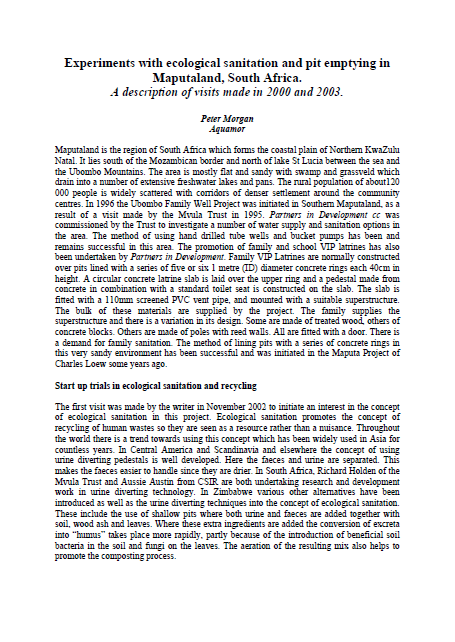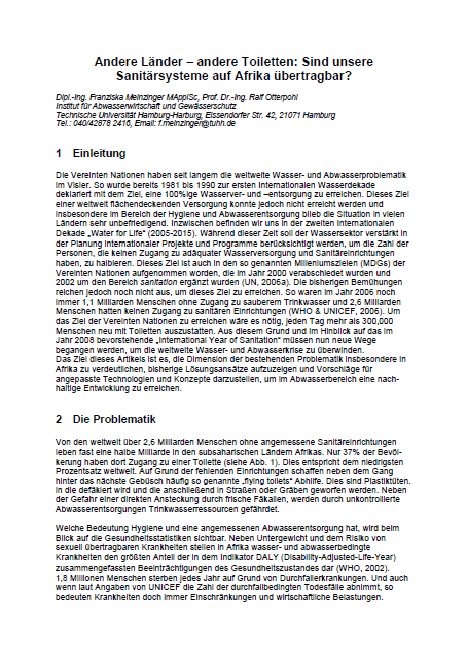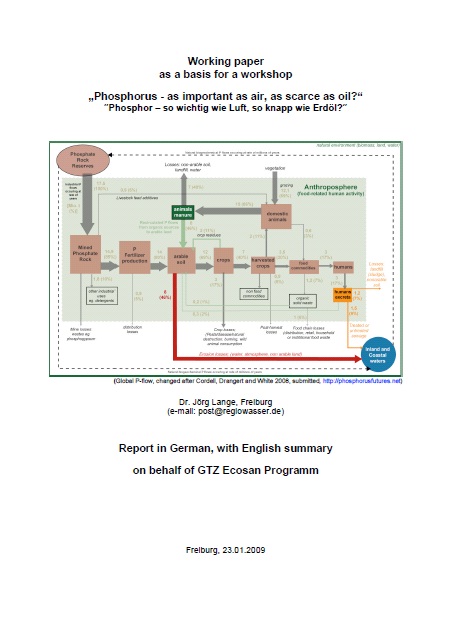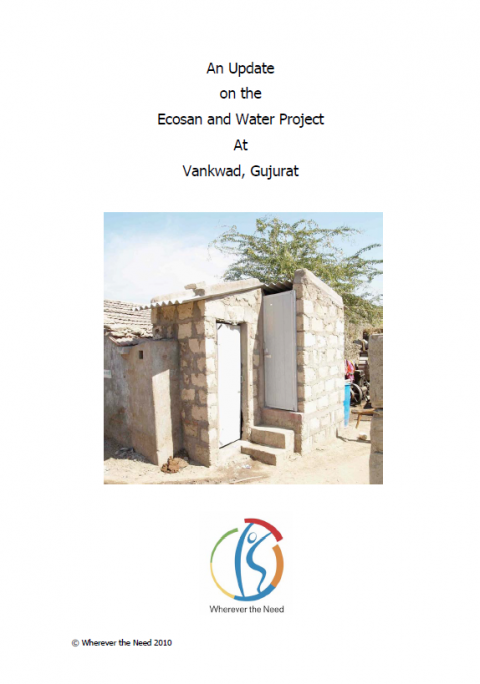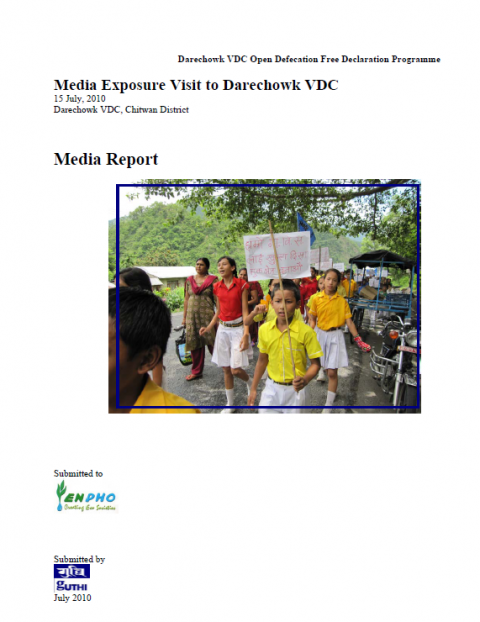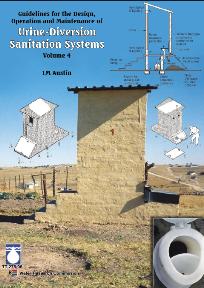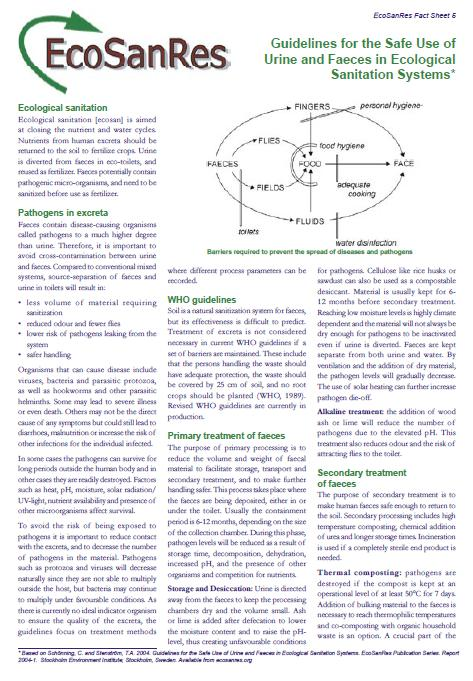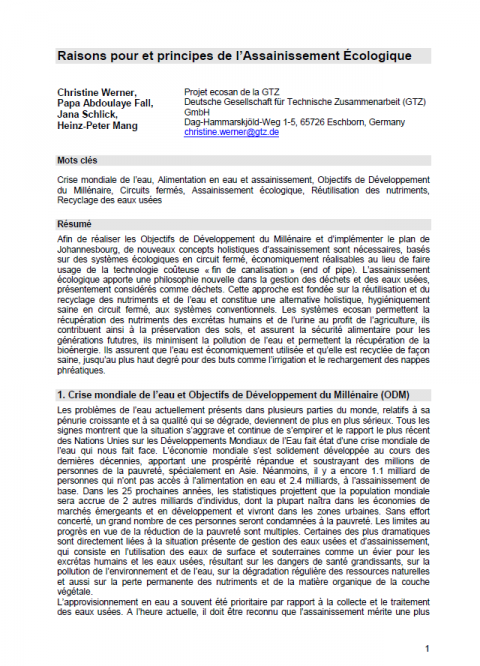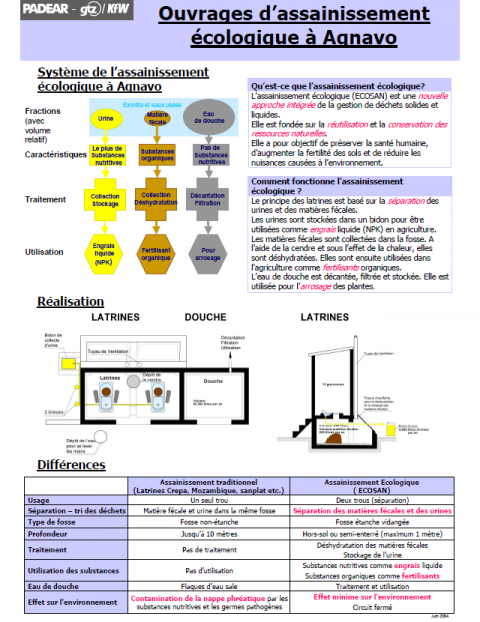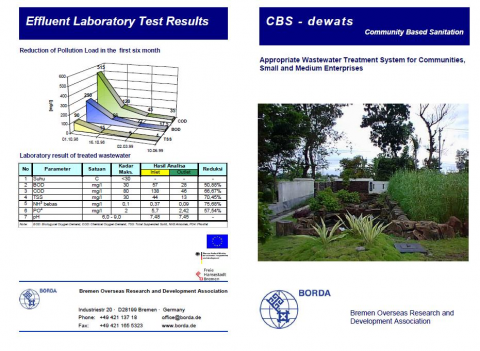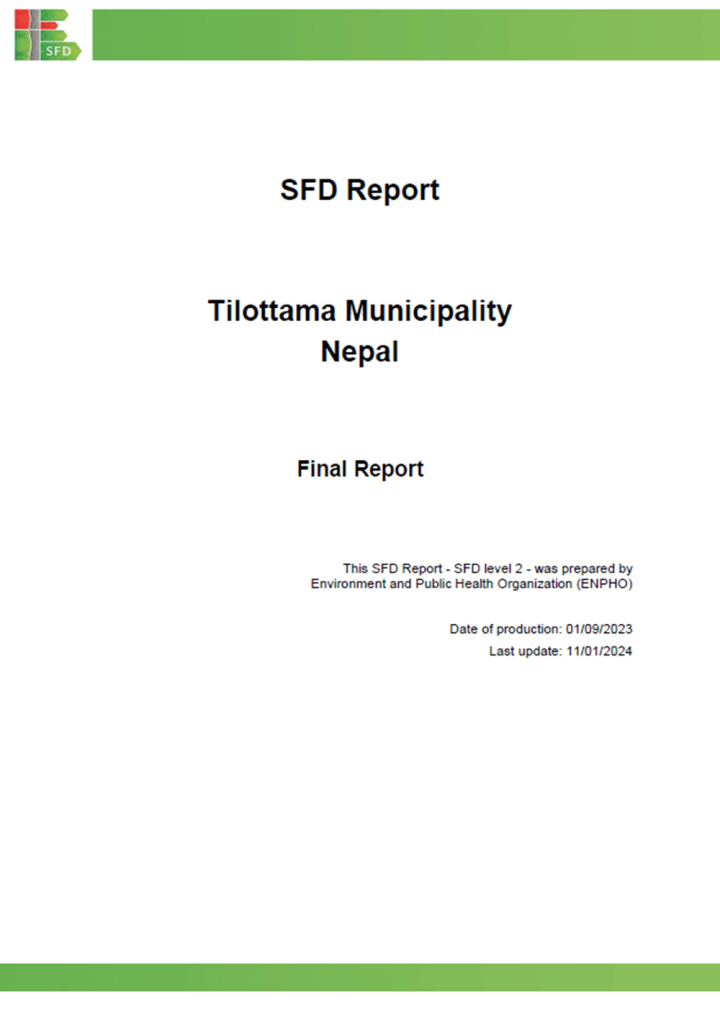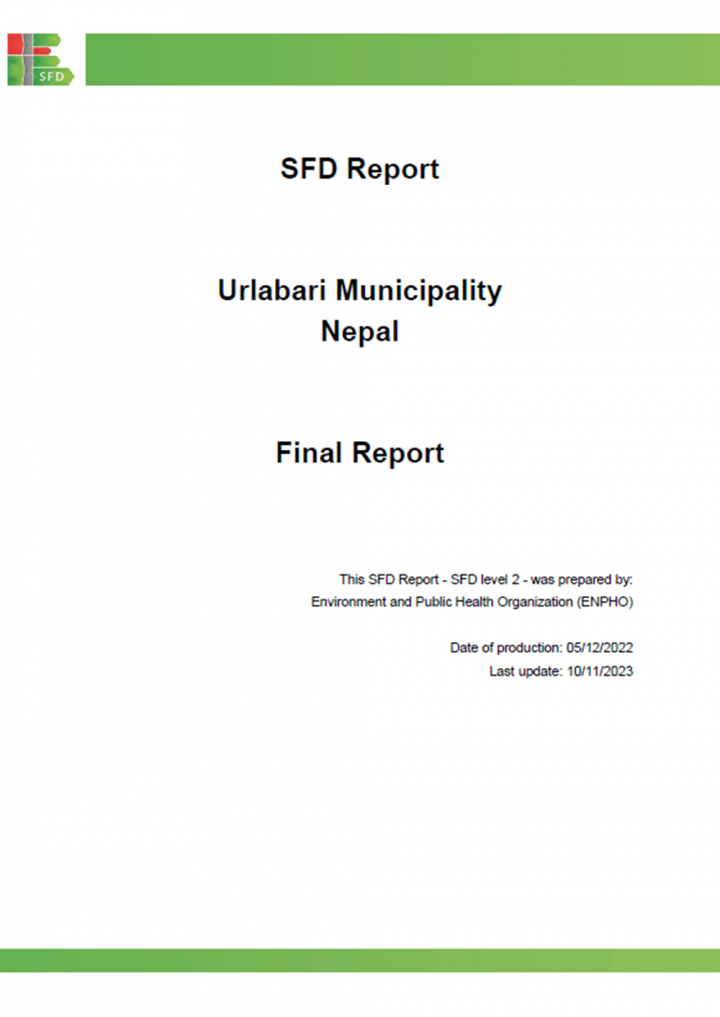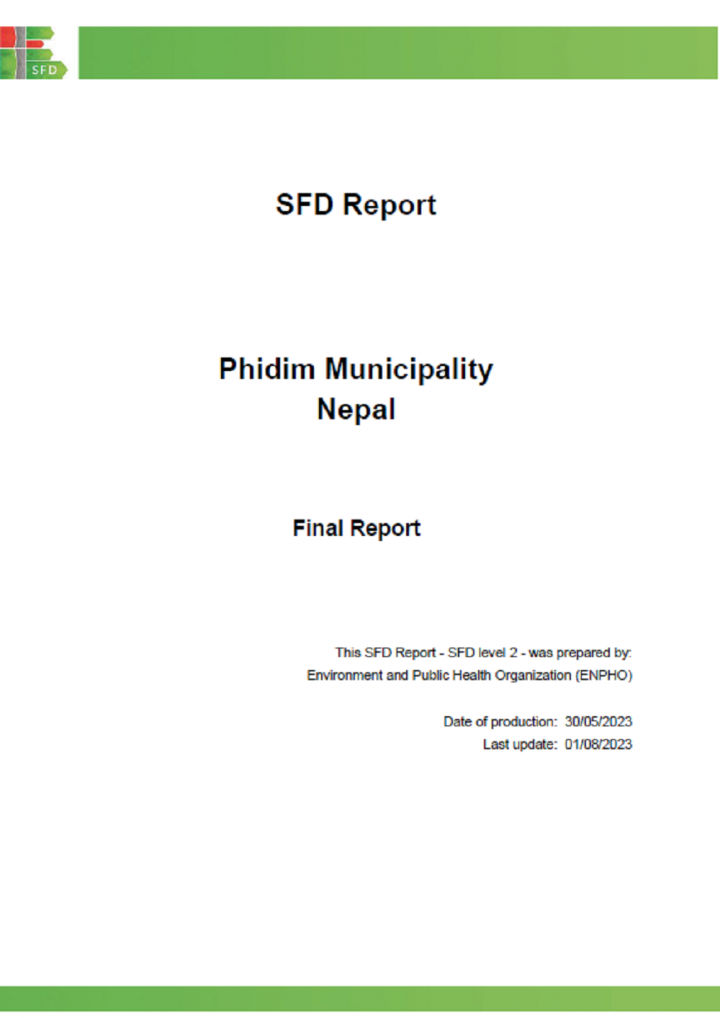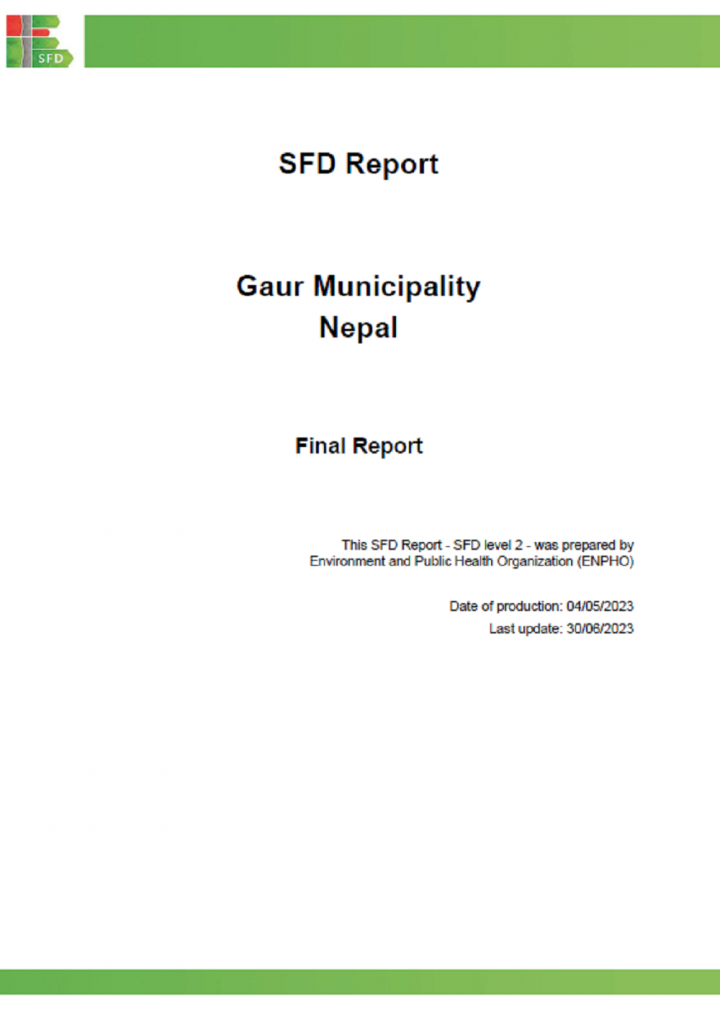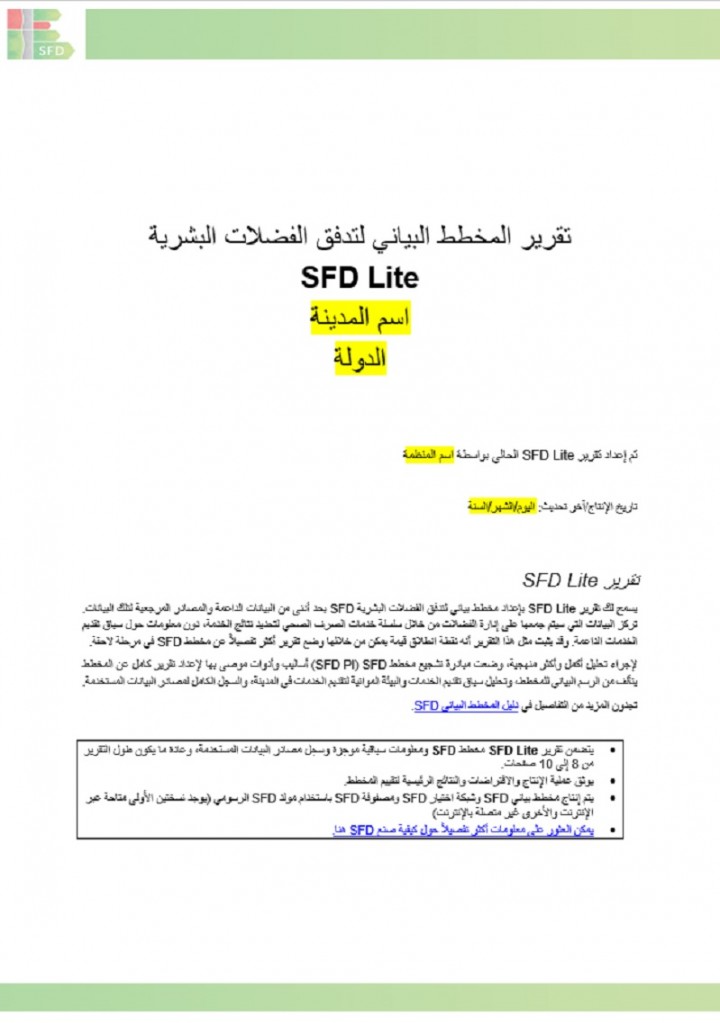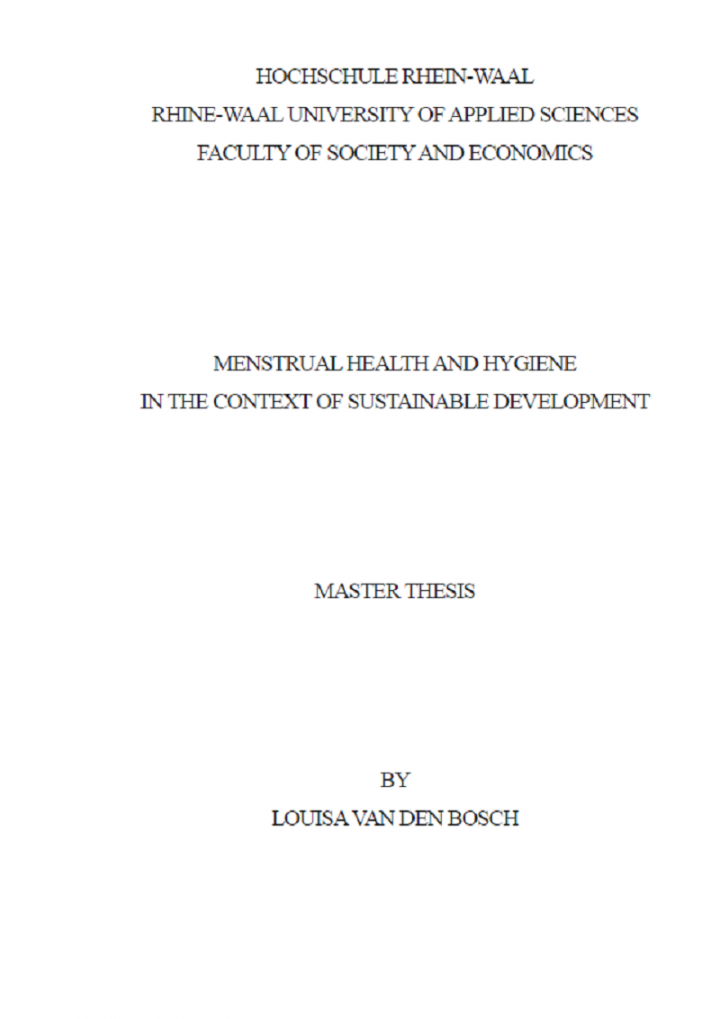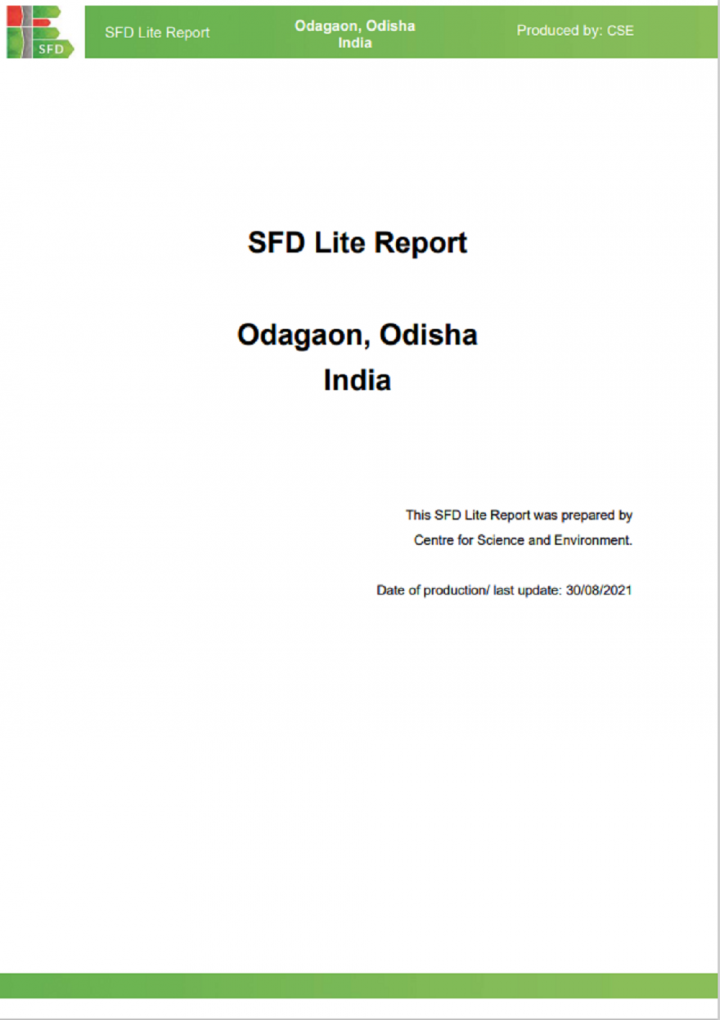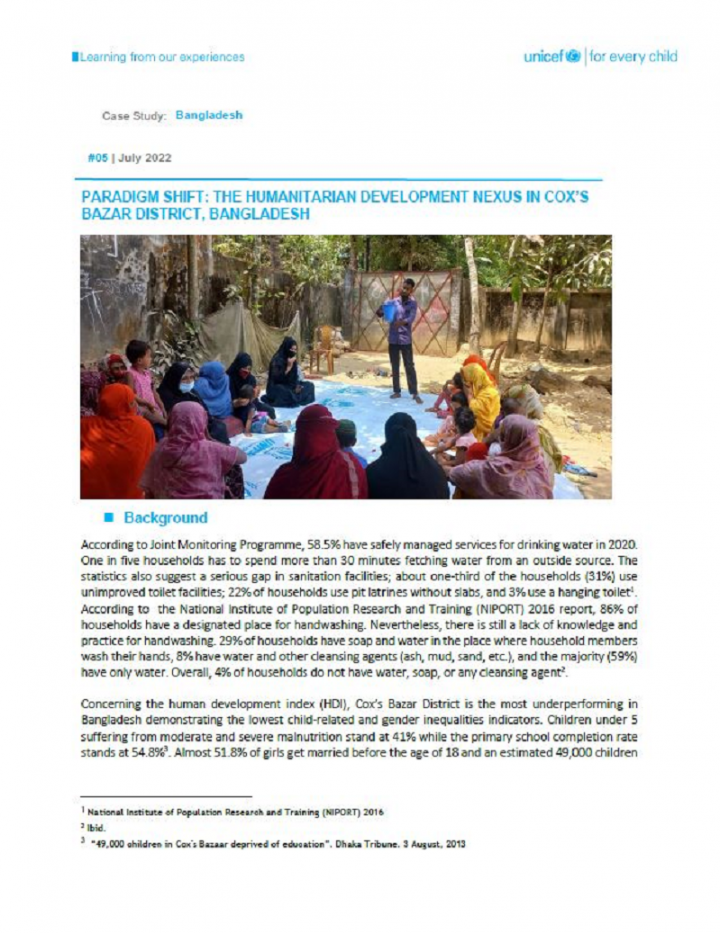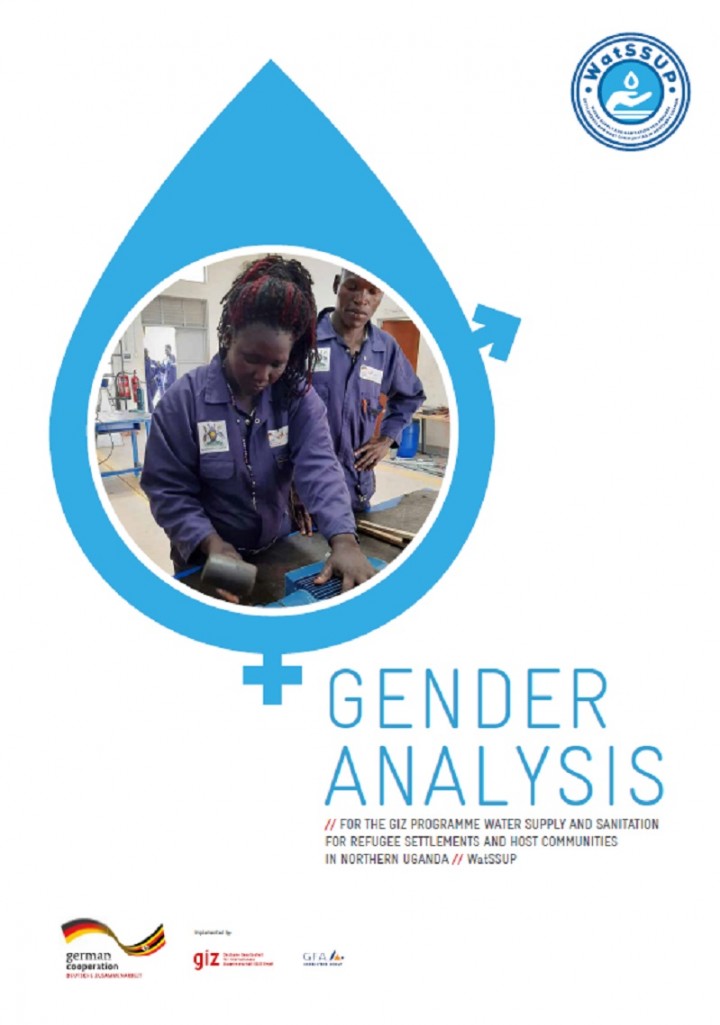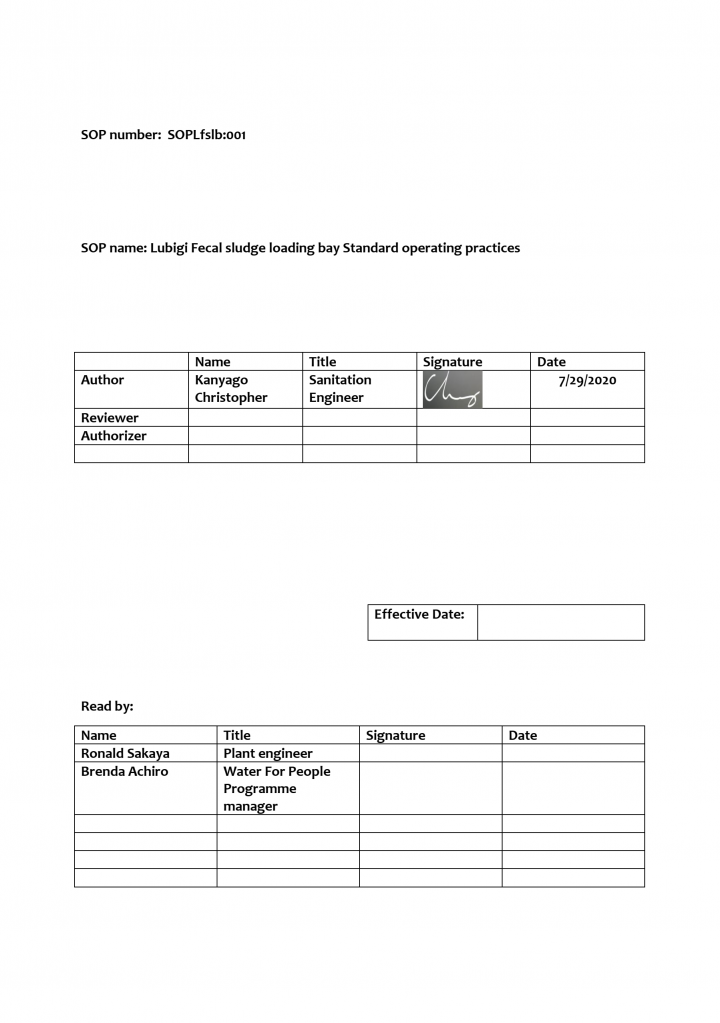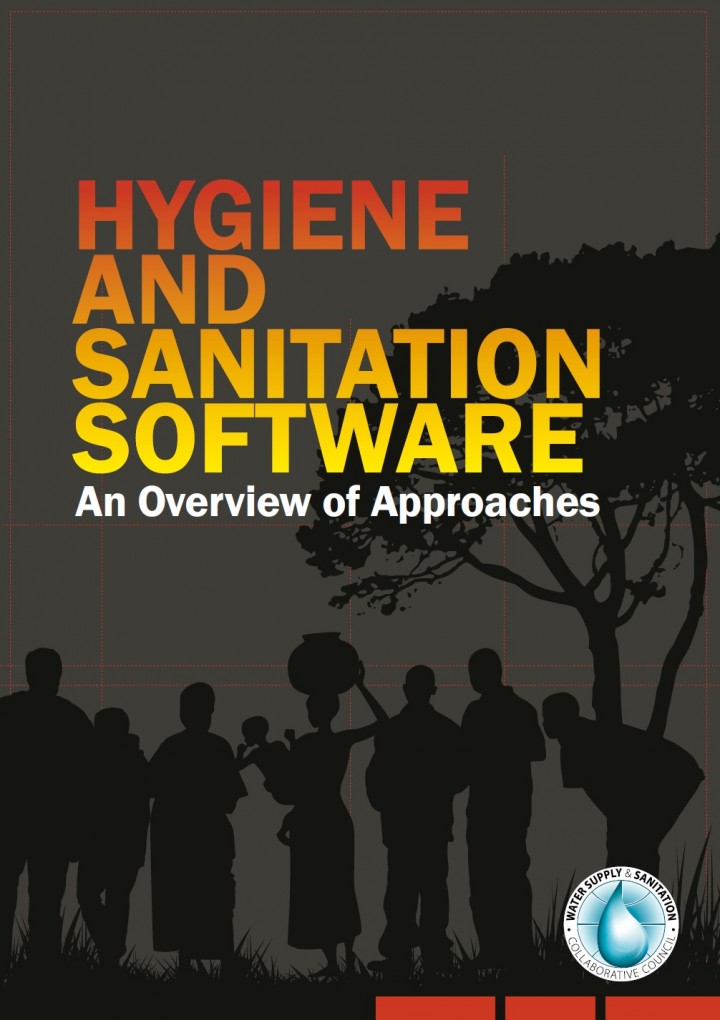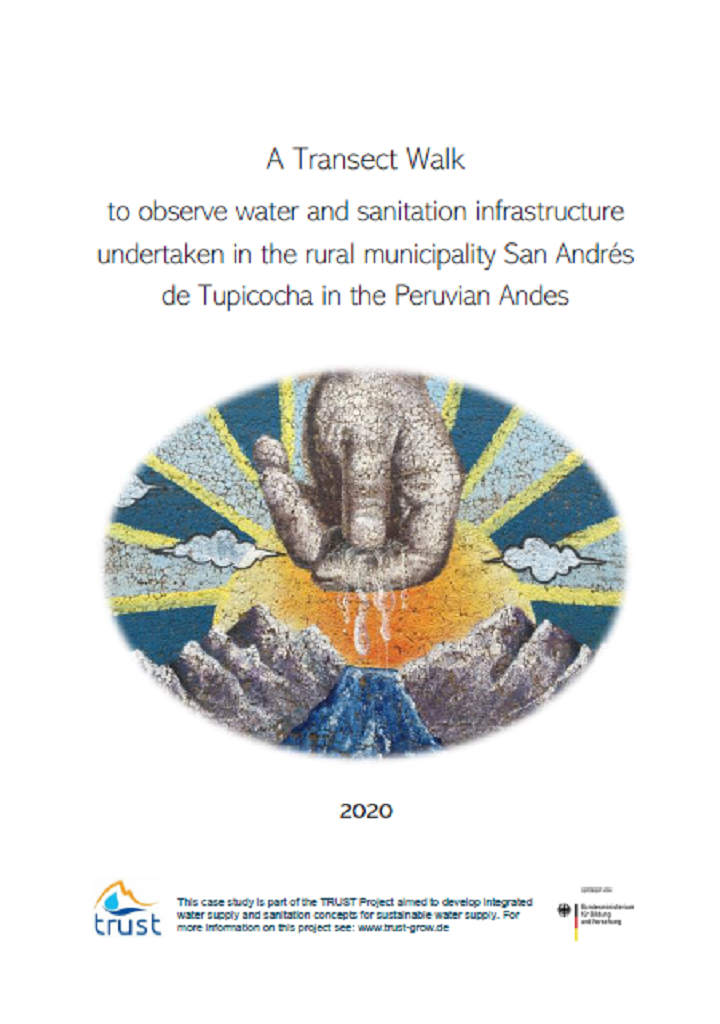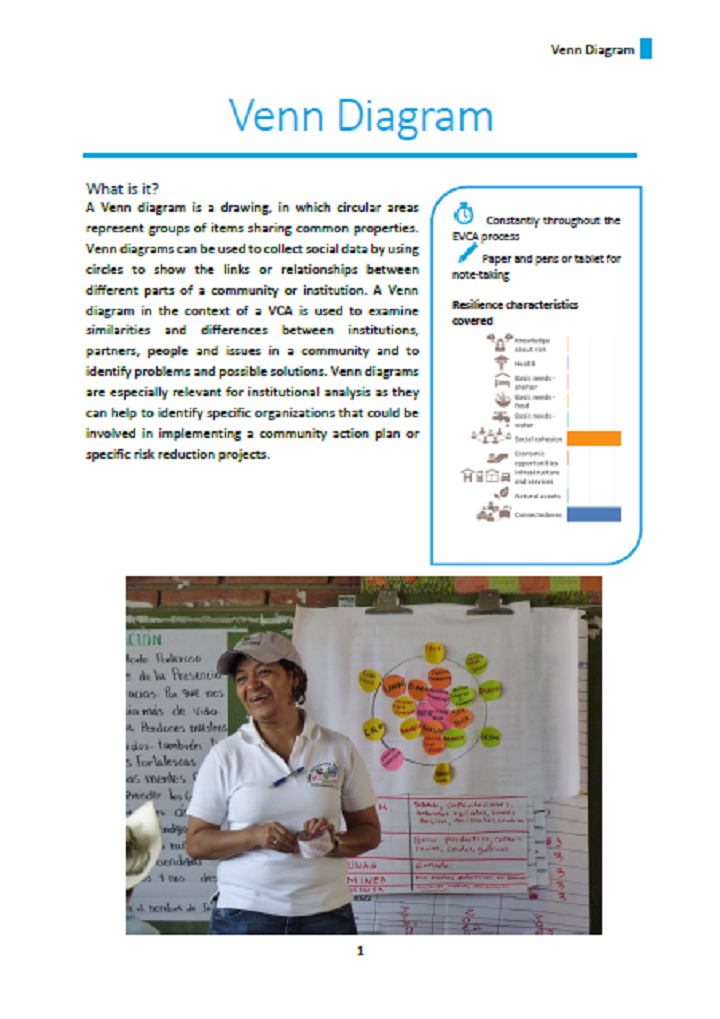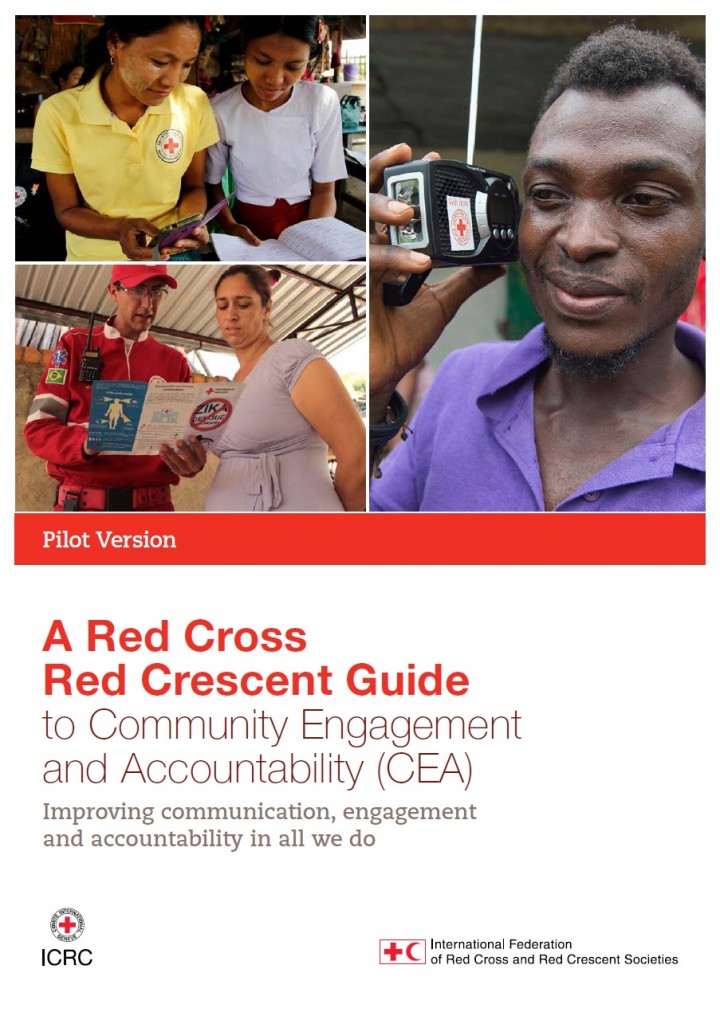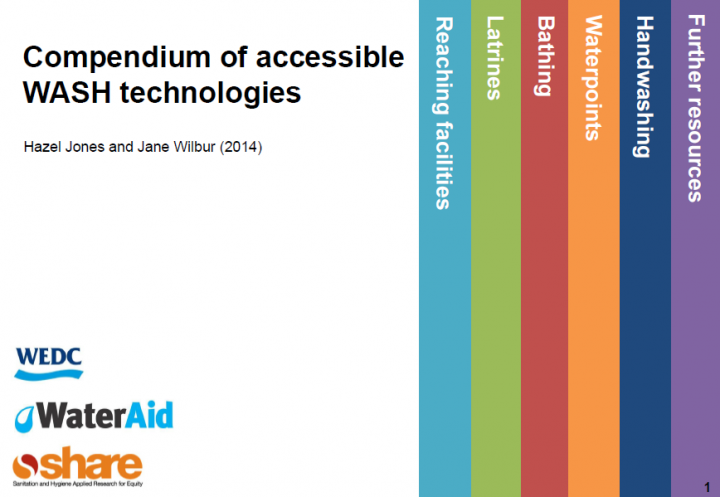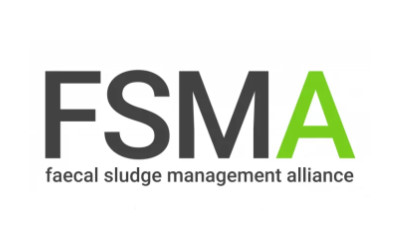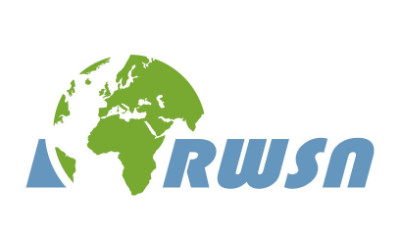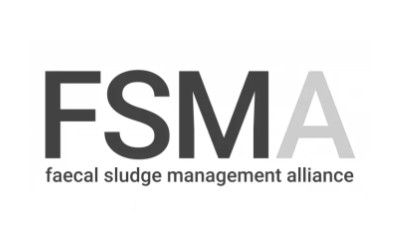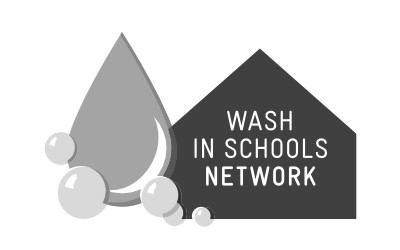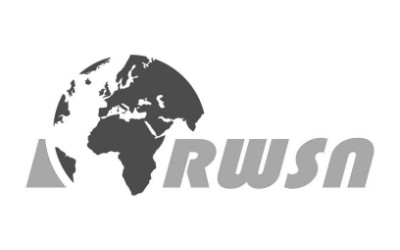Searching for information on Sanitation Workers?
The Sanitation Workers Knowledge + Learning Hub is the best source for all current news, trends, articles and updates on sanitation workers rights around the world.
Tilottama Municipality is in Rupandehi District, Lumbini Province of Nepal (MoLFM, 2016). The municipality was established on 8 May 2014. It has a total of 17 wards and covers 126.19 square kilometres of area. It is surrounded by Butwal Submetropolitan City in the north, Siddharthanagar Municipality and Omsatiya Rural Municipality in the south, Rohini River and Devdaha Municipality in the east …
Urlabari Municipality was declared as municipality on 8th May 2014. The municipality is located in Morang District, Koshi Province. The municipality is divided into nine political wards. The municipality has total 70,908 population with 33,356 males and 37,552 females (Census 2021, n.d.).
Basic sanitation coverage in the municipality is 100%. All the surveyed households in the municipality …
Phidim Municipality was declared as municipality on 18th May 2014. It is in Panchthar District, Koshi Province in the eastern Nepal. It is divided into 14 political wards. The municipality has a total population of 48,495 with 23,679 males and 24,816 females (Census 2021, n.d.). Out of total wards, ward number 1 has the largest population (8,944) while ward number 9 has the least population with …
Gaur Municipality is in Nepal’s southern Terai area. The municipality was formed in April 1992 by merging Gaur, Tikuliya, Purenywa, Sirshiya and Swagadha Village Development Committees (VDCs). The municipality is divided into nine political ward boundaries. According to the census 2021, the municipality has a total population of 39,846 and there are 7,235 households with an annual growth rate …
The biological process of menstruation affects around a quarter of the world's population. Nevertheless, it is surrounded by secrecy and taboos, and encompasses various sociocultural and structural challenges. These and their impacts negatively affect the lives of menstruators restricting their freedom, choices, participation, and mobility. The concept of Menstrual Health and Hygiene (MHH) aims …
Odagaon is a town and Notified area council (geographical coordinates as 20°00'57.65"N 84°59'15.70"E) in the Nayagarh district of Odisha, India. It is around 100km away from the capital city of Bhubaneswar. As per Census of India, 2011, Odagaon Urban has the population of 5,401 with 1,240 households. As nearby rural areas have been included in new jurisdiction boundary, the population as of …
According to Joint Monitoring Programme, 58.5% have safely managed services for drinking water in 2020. One in five households has to spend more than 30 minutes fetching water from an outside source. The statistics also suggest a serious gap in sanitation facilities; about one-third of the households (31%) use unimproved toilet facilities; 22% of households use pit latrines without slabs, and 3% …
The observations and recommendations presented in this gender analysis are meant to provide information to the programme regarding the relevance of gender aspects in Uganda, and particularly for the continued implementation process of the Programme: Water Supply and Sanitation for Refugee Settlements and Host Communities in Northern Uganda (WatSSUP).
Faecal Sludge Plants (FSPs) require ongoing and appropriate operation and maintenance (O&M) activities in order to ensure long-term functionality. O&M activities are at the interface of the technical, administrative, and institutional frameworks that enable sustained FSPs function. “Operationdz refers to all the activities that are required to ensure that a FSP delivers services as designed, …
Indicators are essential to monitor the progress of the Agenda 2030. An indicator summarizes information and helps policy makers to take important decisions regarding the implementation of measures to achieve the Sustainable Development Goals (SDGs). However, this requires data that is not available in many places. In order to fill this data gap, a transect walk with local stakeholders can …
A Venn diagram is a drawing, in which circular areas represent groups of items sharing common properties. Venn diagrams can be used to collect social data by using circles to show the links or relationships between different parts of a community or institution. A Venn diagram in the context of a VCA is used to examine similarities and differences between institutions, partners, people and issues …
Community engagement and accountability (CEA) is an approach to Red Cross and Red Crescent programming and operations. It is supported by a set of activities that help put communities at the centre of what we do, by integrating communication and participation throughout the programme cycle or operation.
CEA is the process of and commitment to providing timely, relevant and actionable life-saving …
This compendium presents low-cost technologies to improve the accessibility of household water, sanitation and hygiene (WASH) facilities. It is designed for use by people working directly with communities in rural areas of Sub-Saharan Africa, including health workers and community volunteers.
Most of the ideas are designed to ensure access for disabled and older people, but are suitable for …

